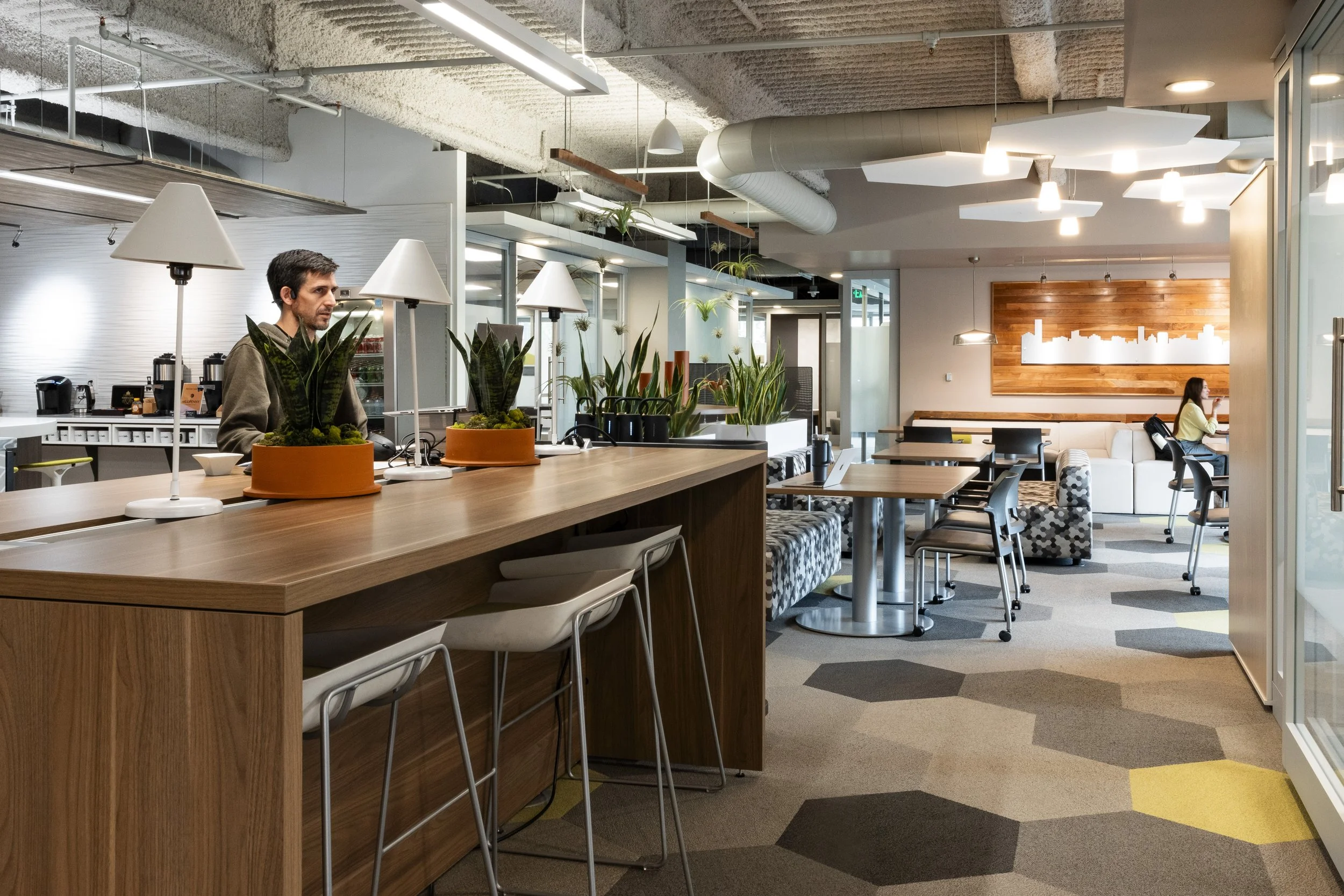The Future of Hybrid Workspaces: Balancing Flexibility and Collaboration
As the business landscape continues to evolve, hybrid work models have become a critical topic of discussion. While Worklabinc.com has explored various facets of remote work and productivity, the future of hybrid workspaces remains a relatively unexplored territory. This blog post will delve into the emerging trends, challenges, and opportunities that hybrid workspaces present for businesses aiming to balance flexibility with collaboration.
Understanding Hybrid Workspaces
Hybrid workspaces combine remote and on-site work, offering employees the flexibility to choose where they work. This model aims to optimize productivity, employee satisfaction, and operational efficiency by leveraging the best of both worlds.
Trends Shaping Hybrid Workspaces
Technological Advancements: The integration of advanced technologies such as AI, VR, and AR is transforming hybrid workspaces. These tools facilitate seamless communication and collaboration, making remote work more efficient and engaging.
Employee-Centric Design: Modern hybrid workspaces are increasingly being designed with a focus on employee well-being. Ergonomic furniture, wellness programs, and flexible work hours are becoming standard practices to enhance employee satisfaction and productivity.
Sustainable Practices: Sustainability is becoming a key consideration in the design and operation of hybrid workspaces. From energy-efficient office buildings to reducing the carbon footprint of daily commutes, businesses are adopting green practices to align with global sustainability goals.
Challenges in Implementing Hybrid Workspaces
Maintaining Company Culture: One of the biggest challenges of hybrid workspaces is preserving a strong company culture. Strategies to address this include regular team-building activities, transparent communication, and fostering a sense of belonging among remote and on-site employees.
Ensuring Security and Compliance: With the increase in remote work, ensuring data security and compliance with regulations has become more complex. Companies need to invest in robust cybersecurity measures and regularly update their policies to mitigate risks.
Managing Performance and Productivity: Monitoring and evaluating employee performance in a hybrid environment can be challenging. Implementing clear metrics, regular check-ins, and leveraging performance management software can help in maintaining productivity levels.
Opportunities Presented by Hybrid Workspaces
Access to a Global Talent Pool: Hybrid work models enable businesses to tap into a diverse talent pool without geographical limitations, fostering innovation and bringing in varied perspectives.
Cost Savings: Reduced need for office space and lower operational costs can result in significant savings for businesses. These funds can be redirected towards employee development programs and technological investments.
Enhanced Work-Life Balance: Offering employees the flexibility to work remotely can lead to improved work-life balance, resulting in higher job satisfaction and reduced turnover rates.
The future of hybrid workspaces holds immense potential for transforming how businesses operate. By understanding the trends, addressing the challenges, and leveraging the opportunities, companies can create a dynamic and resilient work environment. As we navigate this evolving landscape, continuous adaptation and innovation will be key to thriving in the hybrid work era.
This blog topic aims to provide fresh insights into hybrid workspaces, encouraging businesses to explore innovative solutions and strategies for the future. It aligns with Worklabinc.com's commitment to fostering productive and flexible work environments.

